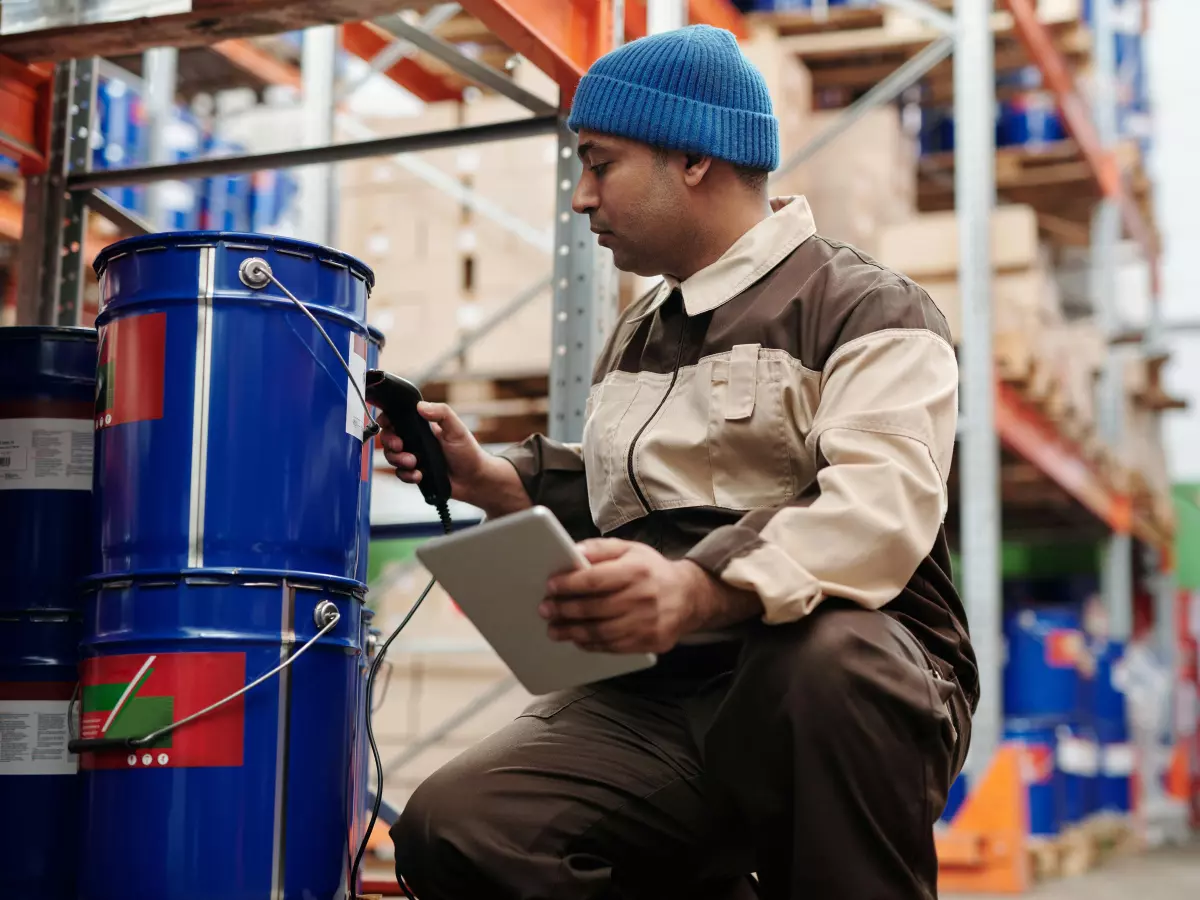Data Locality
Imagine trying to cook a meal, but every ingredient is stored in a different room of your house. That’s what big data processing looks like without data locality.

By Sarah Kim
“The closer you are to the source, the clearer the signal.” This quote by legendary physicist Albert Einstein may have been about the nature of the universe, but it applies just as well to the world of big data. In the realm of data storage and processing, the concept of proximity—known as data locality—is a game-changer. The idea is simple: the closer your data is to the processing unit, the faster and more efficient your operations will be.
Let’s break this down. In the world of big data, we’re not just dealing with terabytes or petabytes of information; we’re talking about massive, distributed datasets that span across multiple servers, data centers, and even continents. When data is scattered across different locations, processing it becomes a logistical nightmare. Every time a system has to retrieve data from a distant server, it incurs a time penalty, known as latency. This is where data locality comes in—by keeping data as close as possible to the processing unit, you can drastically reduce latency and improve overall performance.
Why Data Locality Matters
Think of data locality as the GPS for your big data. It helps your system find the shortest, most efficient route to the data it needs. Without it, your system is like a driver without a map, constantly taking detours and wasting time. In technical terms, data locality refers to the practice of storing data on or near the same physical machine that will process it. This minimizes the need for data to travel across networks, which can be slow and resource-intensive.
In distributed computing frameworks like Hadoop and Spark, data locality is a critical factor in optimizing performance. These systems are designed to process data in parallel across multiple nodes, but if the data isn’t local to the node doing the processing, the system has to fetch it from another node, leading to delays. By ensuring that data is stored close to where it will be processed, these frameworks can significantly speed up operations.
The Role of Data Locality in Storage Solutions
Data locality isn’t just about processing; it’s also a key consideration in storage solutions. In traditional storage architectures, data is often stored in centralized locations, which can create bottlenecks when multiple systems try to access it simultaneously. However, modern big data storage solutions like distributed file systems and object storage are designed with data locality in mind. These systems distribute data across multiple nodes, ensuring that it’s stored close to where it will be used.
For example, in a distributed file system like HDFS (Hadoop Distributed File System), data is split into blocks and stored across multiple nodes. When a job is submitted to the system, the framework tries to assign tasks to nodes that already have the required data, reducing the need for data to be transferred over the network. This not only improves performance but also reduces the strain on network resources.
Data Locality and Cloud Computing
But what about cloud computing? In a world where data is increasingly stored in the cloud, does data locality still matter? The answer is a resounding yes. Even in cloud environments, data locality plays a crucial role in optimizing performance. Cloud providers like AWS, Google Cloud, and Azure offer services that allow users to specify the geographic location of their data. By storing data in regions that are close to the users or systems that will access it, you can minimize latency and improve performance.
Moreover, cloud-based big data frameworks like Amazon EMR and Google Dataproc are designed to take advantage of data locality. These services automatically distribute data across multiple nodes and ensure that processing tasks are assigned to nodes that have local access to the data. This not only speeds up processing but also reduces the cost of data transfer, which can be a significant expense in cloud environments.
Challenges and Trade-offs
Of course, data locality isn’t without its challenges. In some cases, it may not be possible to store data close to the processing unit due to regulatory or geographic constraints. For example, data sovereignty laws may require that certain types of data be stored in specific regions, even if that means sacrificing performance. Additionally, in highly dynamic environments where data is constantly being updated or moved, maintaining data locality can be difficult.
There’s also a trade-off between data locality and redundancy. In distributed systems, data is often replicated across multiple nodes to ensure fault tolerance. While this improves reliability, it can also reduce data locality, as the system may need to fetch data from a distant node if the local copy is unavailable. Balancing these competing priorities is a key challenge for system architects.
Best Practices for Leveraging Data Locality
So, how can you make the most of data locality in your big data strategy? Here are a few best practices to keep in mind:
- Use Distributed Storage Solutions: Opt for storage systems like HDFS or object storage that are designed to distribute data across multiple nodes. These systems are built with data locality in mind and can help you minimize latency.
- Optimize Data Placement: When setting up your big data infrastructure, pay attention to where your data is stored. Try to store data as close as possible to the systems that will process it, whether that’s on-premises or in the cloud.
- Leverage Cloud Regions: If you’re using cloud services, take advantage of the ability to specify the geographic location of your data. Store data in regions that are close to your users or processing systems to minimize latency.
- Monitor and Adjust: Data locality isn’t a set-it-and-forget-it strategy. Regularly monitor your system’s performance and adjust your data placement as needed to ensure optimal performance.
The Future of Data Locality
As big data continues to grow in scale and complexity, the importance of data locality will only increase. Emerging technologies like edge computing and 5G are poised to make data locality even more critical, as they enable data to be processed closer to the source, reducing latency and improving performance. In the future, we can expect to see even more sophisticated tools and frameworks designed to optimize data locality, helping organizations get the most out of their big data strategies.
In conclusion, data locality may not be the flashiest topic in the world of big data, but it’s one of the most important. By keeping your data close to where it will be processed, you can drastically improve performance, reduce costs, and make your big data strategy more efficient. So, the next time you’re designing a big data system, remember: it’s all about location, location, location.





